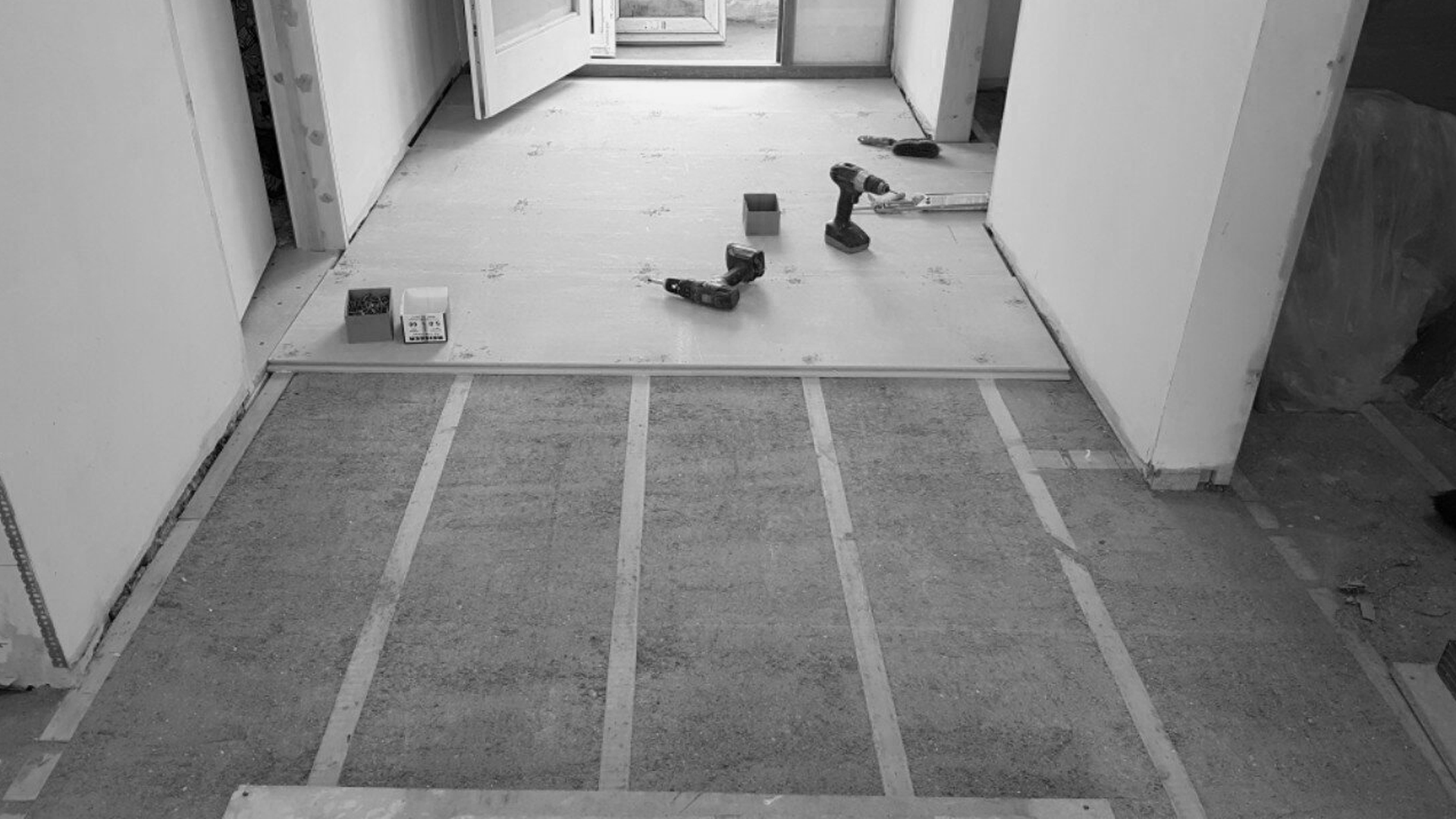When it comes to renovating our homes or giving our bathrooms and kitchens a facelift, we often focus on the aesthetic aspects such as tiles, paint, and fixtures. However, one crucial element that lays the foundation for a successful and long-lasting tiling project is often overlooked - the tile backer board. In this blog, we'll explore what tile backer board is, its significance, and why it's a crucial component for any tiling endeavour.
What is Tile Backer Board?
Tile backer board, also known as cement board or tile underlayment, is a rigid panel made from a combination of cement and reinforcing fibers. This construction provides excellent durability and moisture resistance, making it an ideal substrate for tile installations. The primary purpose of the backer board is to provide a stable and flat surface for tiles to adhere to, preventing them from cracking or becoming loose over time.
Types of Tile Backer Boards:
- Cementitious Backer Board: This type of backer board is the most commonly used and is made of a blend of cement and aggregates. It's available in different thicknesses, typically ranging from 0.25 to 0.5 inches, making it suitable for walls, floors, and even countertops.
- Fiber Cement Board: Fiber cement backer board is a variation of cementitious board that includes additional reinforcement with cellulose fibers. This provides added strength and flexibility, making it an excellent choice for areas prone to slight movements, such as floors.
- Foam Core Backer Board: Foam core backer boards are constructed using a foam core with fiberglass mesh embedded on both sides and coated with a cementitious layer. These boards are lighter in weight and are popular for wall applications and projects where weight is a concern.
Why is Tile Backer Board Important?
- Moisture Resistance: One of the most significant advantages of using tile backer board is its resistance to moisture. Bathrooms and kitchens are prone to high humidity and occasional water splashes, which can damage standard drywall over time. Backer board acts as a barrier, preventing water from seeping through and causing mold or mildew issues.
- Prevents Cracking: As buildings naturally shift and settle, tiled surfaces are susceptible to cracking if they are installed directly onto unstable surfaces. Tile backer boards provide a stable and robust foundation, reducing the risk of tile cracks and prolonging the life of your tile installation.
- Easy Tile Adhesion: Tile adhesives bond better to cement backer boards compared to regular drywall, providing a reliable and long-lasting hold for your tiles. This ensures your tiles remain securely in place for years to come.
Although often overlooked, tile backer boards are an essential component of any tiling project. They provide a stable, moisture-resistant surface that prevents tile cracks and enhances the longevity of your tiles. When planning your next home renovation or tiling project, don't underestimate the importance of using tile backer boards. Investing in this simple yet crucial element will yield significant benefits, ensuring your tiled surfaces remain beautiful and durable for years ahead.
Now You Know All You Need To Know - Choose The Tile Backer Board You Need

Onboard is made from high-performance waterproof extruded polystyrene, cement coated on both sides and include a strengthened fibreglass mesh. They are suitable for use on metal and timber stud work, existing block walls and floors.
- Waterproof - Totally impervious to moisture, providing a stable ready to tile substrate
- Insulating - High thermal insulation properties ensuring minimal heat transfer to adjacent surfaces
- Lightweight - No extra load requirements. Easy to handle and cut
- Versatile - Suitable for use on timber and metal studworks, concrete and timber floors
- Underfloor Heating - Suitable for use beneath electrical underfloor heating
EXPLORE RANGE HERE

